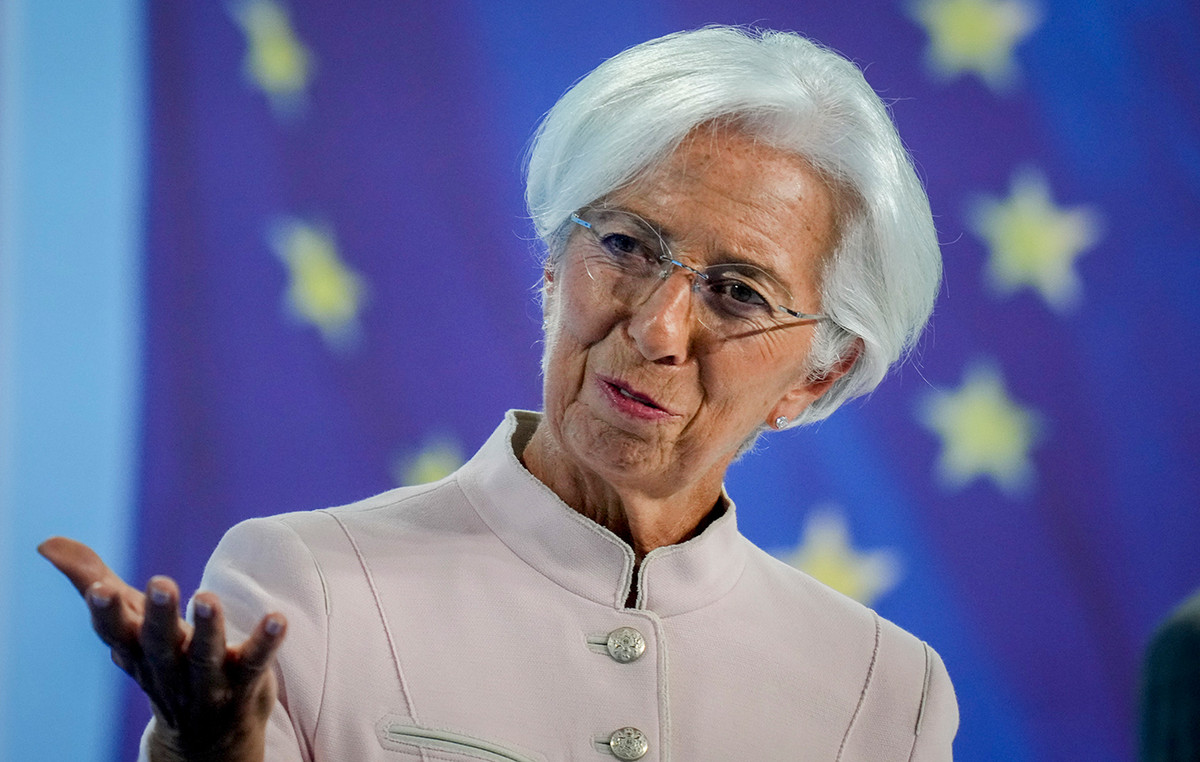By Bill Dudley
Developments in the US economy are moving in line with the Federal Reserve’s forecasts, with price pressures peaking despite economic growth and strong wage growth. But make no mistake: getting inflation back to the Fed’s 2% target remains extremely difficult, both practically and politically.
Economic data – including the June jobs report, industrial production and ISM indicators – suggest that growth has slowed, but the economy is not in recession. Meanwhile, energy prices have eased, structural inflation is slowing, wage inflation may be easing, and long-term inflation expectations remain well entrenched. To some, this may look like the beginning of a soft landing and a possible triumph for the Fed.
On the contrary. Firstly, the Fed hasn’t made much progress in curbing excessive demand for workers. Despite months of strong employment growth, the ratio of job vacancies to the unemployed remains at 1.9, nearly double the level Fed Chairman Jerome Powell has said he wants. For inflation to return to 2%, the bank would have to push the unemployment rate up significantly from the current 3.6%. Even an increase of 0.5 percentage points would likely mean a recession, because that has always happened in the past when the unemployment rate exceeded that threshold.
Secondly, the Fed must be confident that it has managed to reduce inflation back to sustainable levels. Powell is right that the cost of missing the 2% target over the next year or two weighs more heavily than the cost of a mild recession, because failure would raise inflation concerns, necessitating yet another tighter monetary policy and a deeper recession later. In the late 1960s and 1970s, the bank tightened monetary policy enough to push inflation lower at times, but very soon it rose again. As a result, inflation levels continued to move upwards – until the 1980s, when Paul Volcker was forced to impose a deep recession to regain control. Given this track record, Fed officials will be reluctant to stop tightening until they are extremely confident (above 80%) that they have done enough, that the labor market is at the right levels to keep inflation low and stable and that the easing of financial conditions will not lead to a further rise in inflation.
Thirdly, the tightening will create policy challenges for the Fed. In addition to the impact of job losses and economic contraction, higher interest rates will create operating losses for the Fed, as the interest it pays on bank reserves far exceeds the return on its positions in Treasuries and mortgage-backed securities. The bank’s own estimates suggest it will start losing money in the fourth quarter of 2022 and post big losses in 2023 if interest rates develop in a way that approaches its and the markets’ expectations. The Fed’s losses, which would be borne by taxpayers, could encourage opponents of quantitative easing to argue that the Fed has breached the lines between monetary and fiscal policy. Congress could even seek to remove that tool, undermining the Fed’s ability to provide further monetary stimulus the next time interest rates reach near zero.
Moreover, operating losses could make the Fed reluctant to sell mortgage-backed securities, despite its pledge to eventually return to an all-bond portfolio. Such sales would take a toll on the securities, whose prices have fallen sharply as interest rates have risen.
The Fed has an extremely difficult and long path ahead of it.
Source: Bloomberg
I’m Ava Paul, an experienced news website author with a special focus on the entertainment section. Over the past five years, I have worked in various positions of media and communication at World Stock Market. My experience has given me extensive knowledge in writing, editing, researching and reporting on stories related to the entertainment industry.







